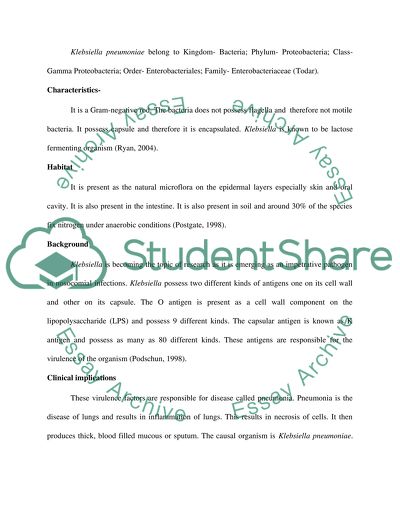Cite this document
(“Gram Positive and gram Negative Essay Example | Topics and Well Written Essays - 1750 words”, n.d.)
Retrieved from https://studentshare.org/miscellaneous/1590749-gram-positive-and-gram-negative
Retrieved from https://studentshare.org/miscellaneous/1590749-gram-positive-and-gram-negative
(Gram Positive and Gram Negative Essay Example | Topics and Well Written Essays - 1750 Words)
https://studentshare.org/miscellaneous/1590749-gram-positive-and-gram-negative.
https://studentshare.org/miscellaneous/1590749-gram-positive-and-gram-negative.
“Gram Positive and Gram Negative Essay Example | Topics and Well Written Essays - 1750 Words”, n.d. https://studentshare.org/miscellaneous/1590749-gram-positive-and-gram-negative.


